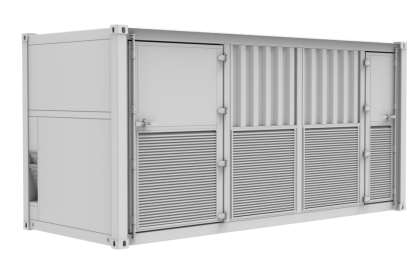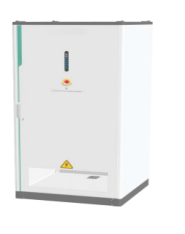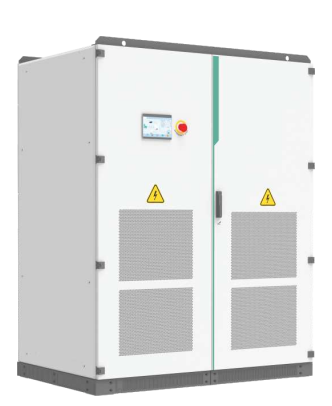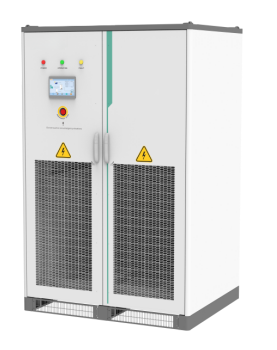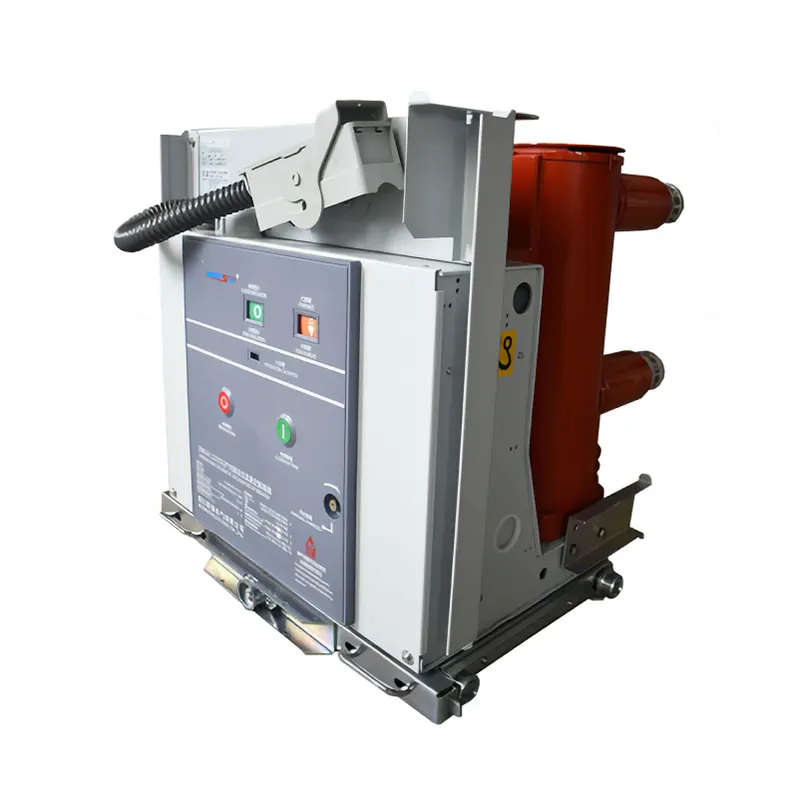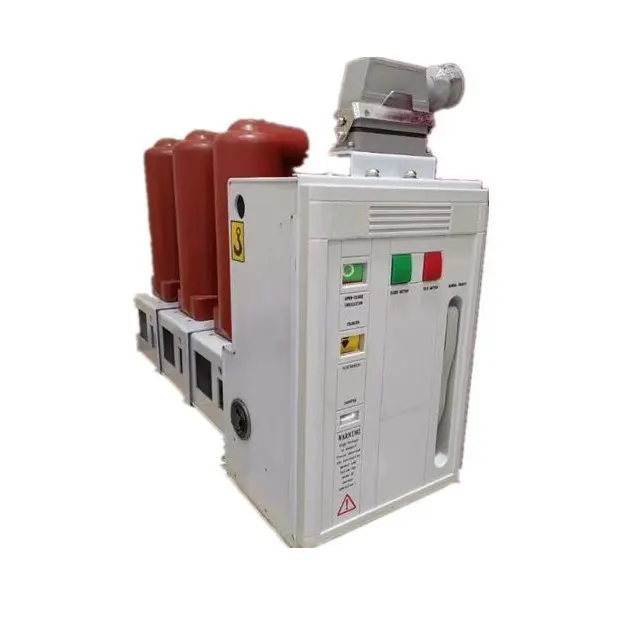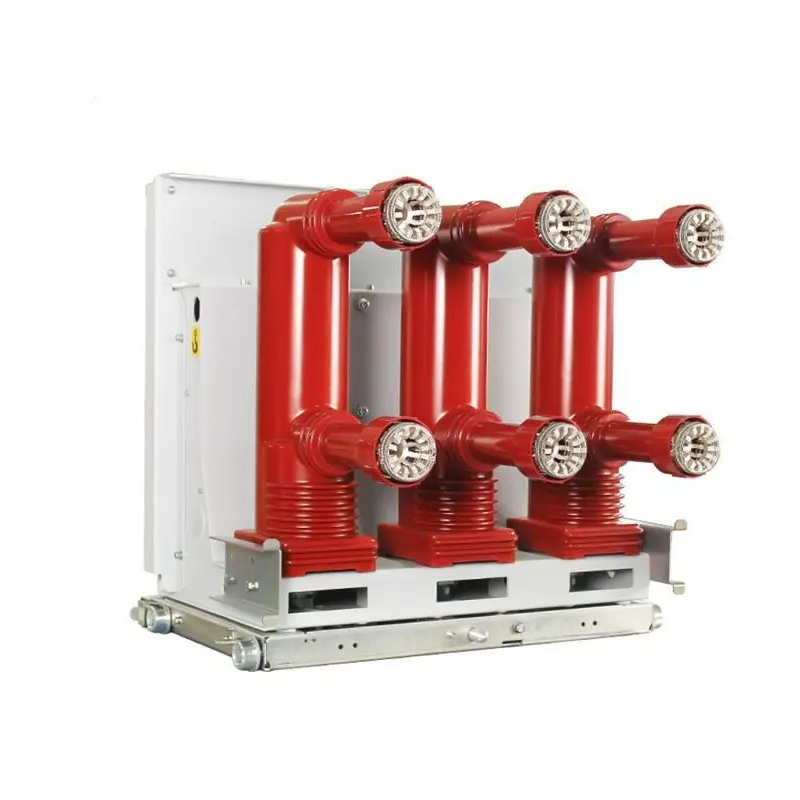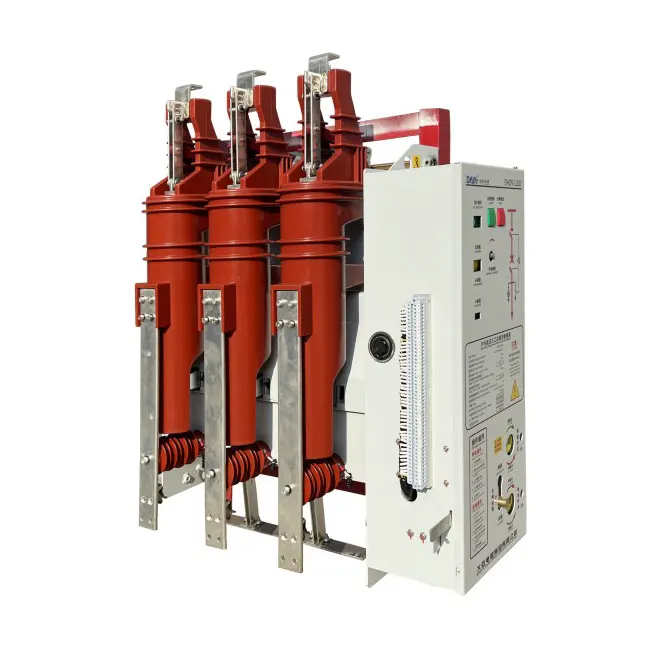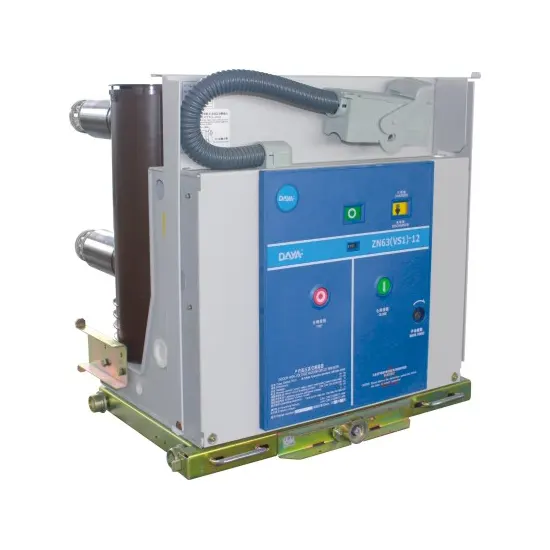 English
English Español
Español  Português
Português  русский
русский  Français
Français  日本語
日本語  Deutsch
Deutsch  tiếng Việt
tiếng Việt  Italiano
Italiano  Nederlands
Nederlands  ภาษาไทย
ภาษาไทย  Polski
Polski  한국어
한국어  Svenska
Svenska  magyar
magyar  Malay
Malay  বাংলা ভাষার
বাংলা ভাষার  Dansk
Dansk  Suomi
Suomi  हिन्दी
हिन्दी  Pilipino
Pilipino  Türkçe
Türkçe  Gaeilge
Gaeilge  العربية
العربية  Indonesia
Indonesia  Norsk
Norsk  تمل
تمل  český
český  ελληνικά
ελληνικά  український
український  Javanese
Javanese  فارسی
فارسی  தமிழ்
தமிழ்  తెలుగు
తెలుగు  नेपाली
नेपाली  Burmese
Burmese  български
български  ລາວ
ລາວ  Latine
Latine  Қазақша
Қазақша  Euskal
Euskal  Azərbaycan
Azərbaycan  Slovenský jazyk
Slovenský jazyk  Македонски
Македонски  Lietuvos
Lietuvos  Eesti Keel
Eesti Keel  Română
Română  Slovenski
Slovenski  मराठी
मराठी  Srpski језик
Srpski језик
Vcb Circuit Breaker
Send Inquiry
DAYA Vcb Circuit Breaker Details
What is VCB? VCB stands for Vacuum Circuit Breaker. In vacuum circuit breakers, the vacuum is used as the arc quenching medium. Vacuum offers the highest insulating strength. So it has far superior arc quenching properties than any other medium (oil in oil CB, SF6 in SF6 circuit breaker ).
Nowadays, vacuum circuit breakers applications to not only medium voltage power systems but also in high voltage substations or transmission systems. It is because of VCB’s extremely advantageous characteristics such as high interruption capability, long operation life, safety and high cost-performance.
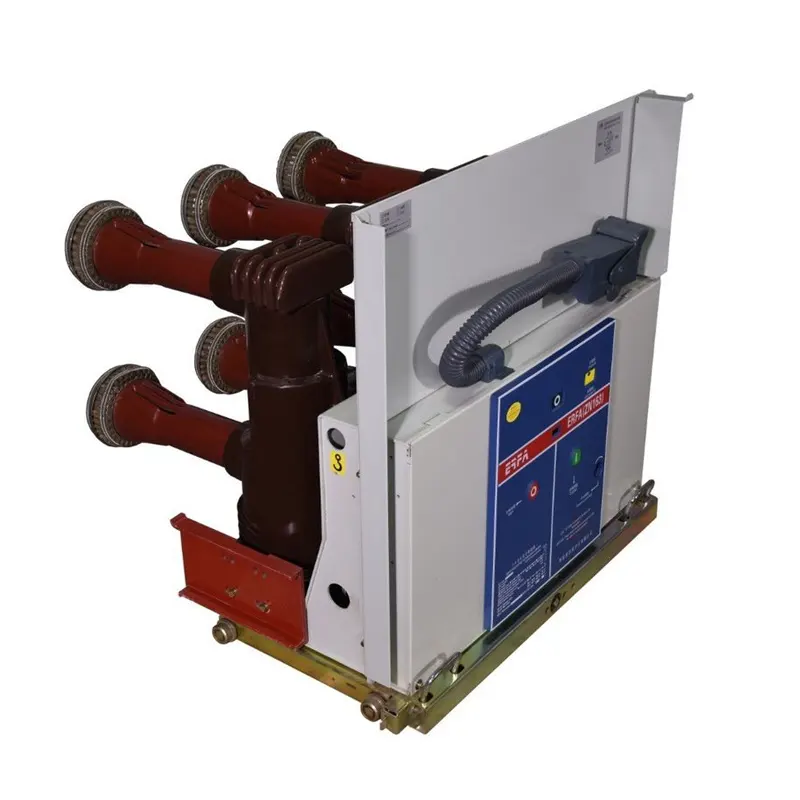
DAYA Vcb Circuit Breaker Parameters
The Vacuum Circuit Breaker (VCB) is a switching device capable for operational switching (on-off operations) of individual circuits or electrical equipment in normal or emergency modes with manual or automatic control, made for a medium voltage of over 1 kV based on the principle of quenching an electric arc that occurs when the contacts open in a vacuum gap. <
The development of power engineering and the transition to higher operating voltages required the development of switching technology, especially switches - devices capable of interrupting short-circuit currents. Simply opening the contacts in the air did not solve this problem; new technologies were needed. The range of operating voltages used in the power industry is increasing, and this growth is now supported by the economic benefits of switching to higher transmission voltages.
DAYA Vcb Circuit Breaker Advantages
Custom Vcb Circuit Breaker can be customized to fit your specific application requirements while reducing maintenance costs and improving reliability.
Highly Customizable
Gear is configured to meet any system or application need
Low Maintenance
Switches and fuses never need adjusting, programming, or dielectric testing
Resilient Design
Utility-grade design withstands time and the elements
Hassle-Free Installation
Preassembled and simpler construction requirements
Lower Total Cost of Ownership
Lower up-front and maintenance costs than metal-clad switchgear
Improved Reliability
Fuses offer faster fuse-clearing time and reduce system stress compared to circuit breakers



